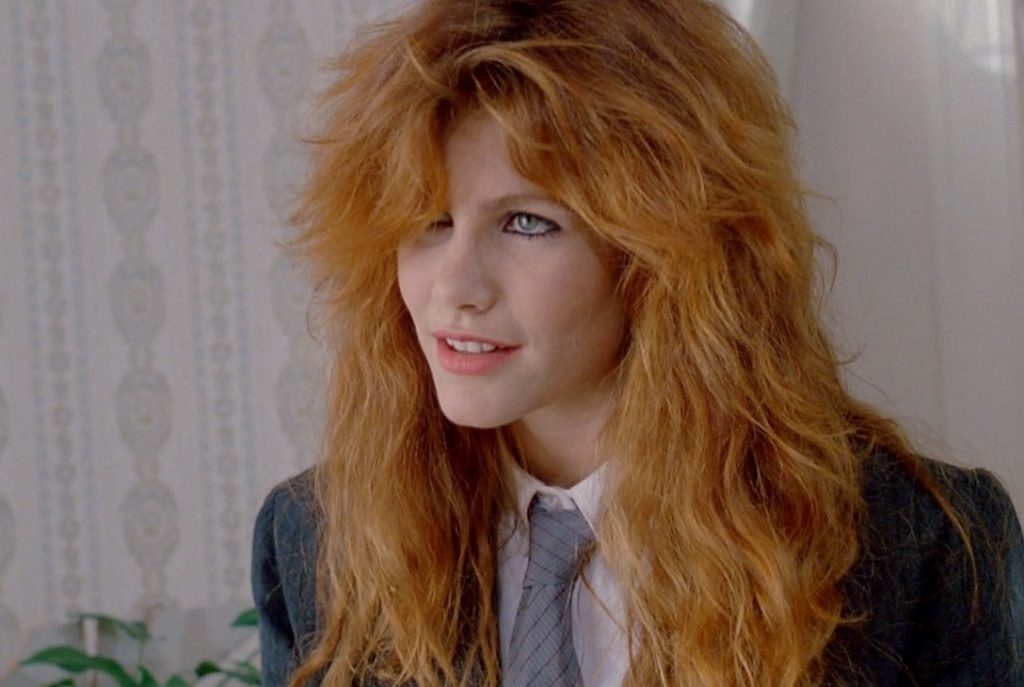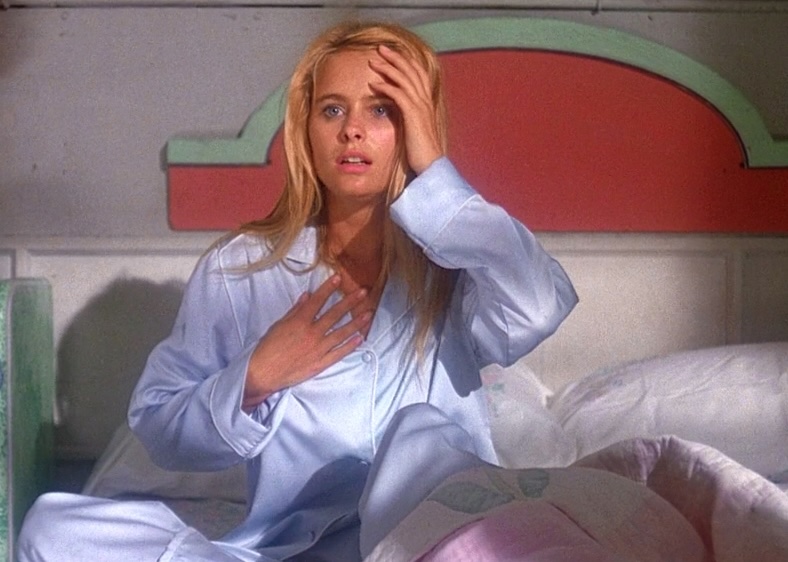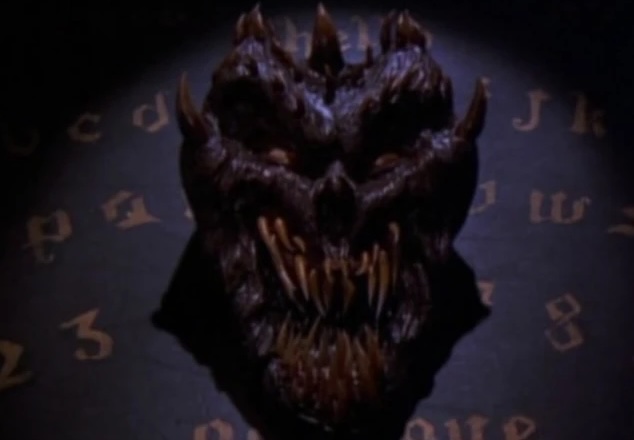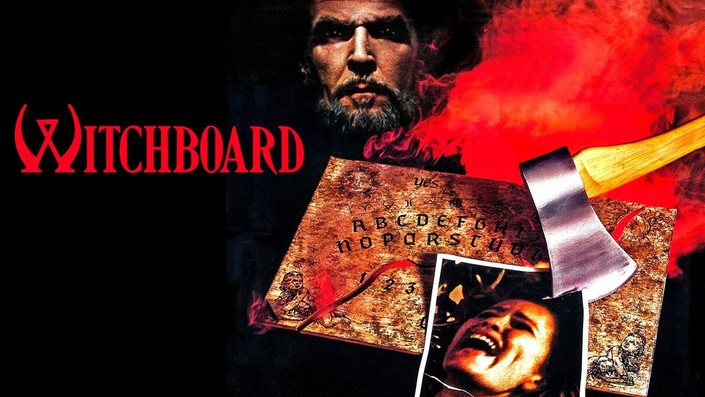Witchboard – 1986, US, 98m. Director: Kevin S. Tenney.
Witchboard 2 – 1993, US, 97m. Director: Kevin S. Tenney.
Witchboard: The Possession – 1995, Canada, 92m. Director: Peter Svatek.

WITCHBOARD (1986) A well made story of ghostly possession, the mishandling of a spirit board, and the consequences surrounding those involved in its deadly game. Linda (Tawny Kitaen) plays with a Ouija board at a party and believes she’s made contact with a 10-year-old boy who drowned thirty years ago. Unbeknownst to her, Linda’s actually contacted and being manipulated by the malevolent spirit of a serial killer who died in her house in 1930. Linda’s ex (Stephen Nichols) enlists the help of a psychic (Kathleen Wilhoite), but as these things go she’s dispatched before warning Linda of impending doom. Linda ultimately becomes a host for the murderer to move into and continue his reign of slaughter. A reliance on mystery over an overuse of special effects gives Witchboard an edge in the writing department by offering better written characters than normally found in these types of movies—Wilhoite’s kooky medium is especially endearing. The film goes a little over the top during the climax, but Witchboard is a good little movie worthy of its cult status. Director Kevin Tenney would follow up this one with another classic of its era: 1988’s Night of the Demons. B

WITCHBOARD 2 (1993) Struggling artist Paige (the underused Ami Dolenz) rents a trendy downtown loft—a popular plot point in so many horror titles of the 1990s—where she finds a Ouija board and begins communicating with the previous tenant, who died under mysterious circumstances. Similar to Tawny Kitaen in the first Witchboard, Paige becomes obsessed with the mystery, while at the same time a ghostly force wreaks havoc around her—and sends people to an early grave. The twist this time around is a revenge scheme conducted by the angry spirit in order to seek justice for a murder committed two years earlier. There’s more visual effects and stunt work, and less characterization and suspense—two components that made the original work—in Witchboard 2, but in this instance it’s not a bad thing. Dolenz is likable, and the movie keeps its engines running at a good pace until the ending, which wisely avoids another possession climax as with Part 1. In all, a serviceable sequel that was successful enough on the video market to warrant Witchboard: The Possession in 1995. B–

WITCHBOARD: THE POSSESSION (1995) (AKA: Witchboard III) Unemployed stockbroker Brian (David Nerman) is introduced to a new form of insider trading through the use of a spirit board that promises riches beyond his wildest dreams—but at a price. Brian becomes host to a demonic entity that turns the man into a suave witchcraft-practicing sex machine. In a play on Rosemary’s Baby, the demon tries to bring its spawn into the real world by impregnating Brian’s Mia Farrow-ish wife (Locky Lambert), and killing anyone who gets in the way of its plan—bye-bye, nosy best friend! Lambert tricks the demon by feeding it shrimp, which human Brian is allergic to—I guess even demons aren’t immune to shellfish allergies—and seeks help from a woman whose husband was the victim of a similar possession, and Brian’s previous landlord. The horned (and horny) beastie eventually emerges in full form and tries to have sex with Lambert before Brian shoots it in the chest with an amulet-empowered crossbow and sending the demon back to Hell in the cheesy, digital FX-heavy climax. Promises of a fourth entry in the oddly long-running Witchboard series were, luckily, never fulfilled. C

